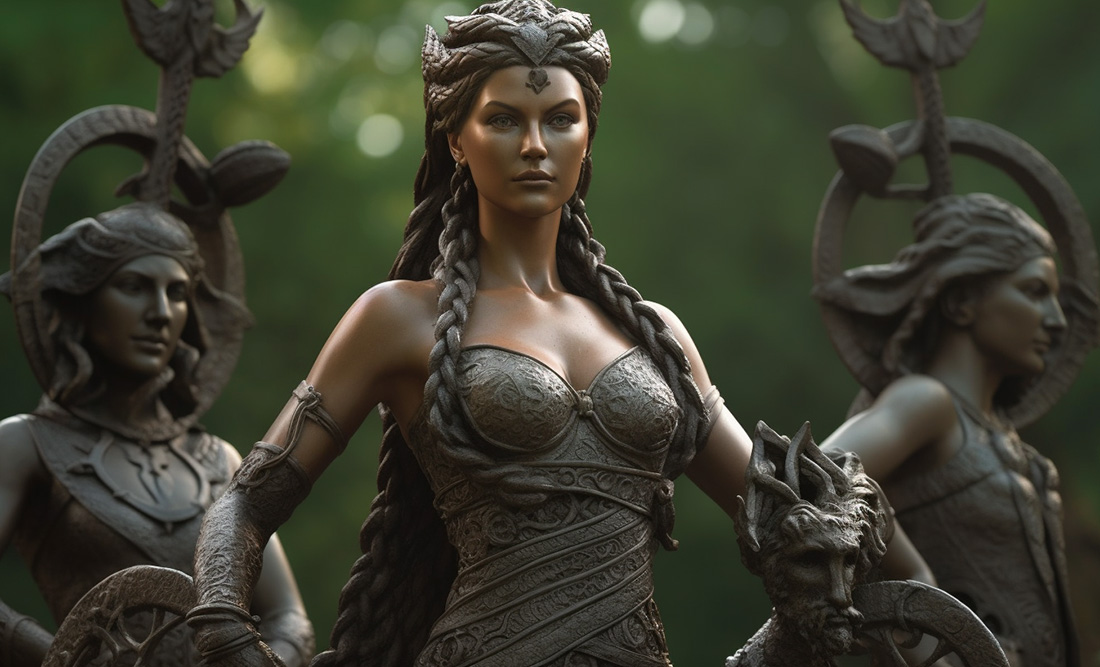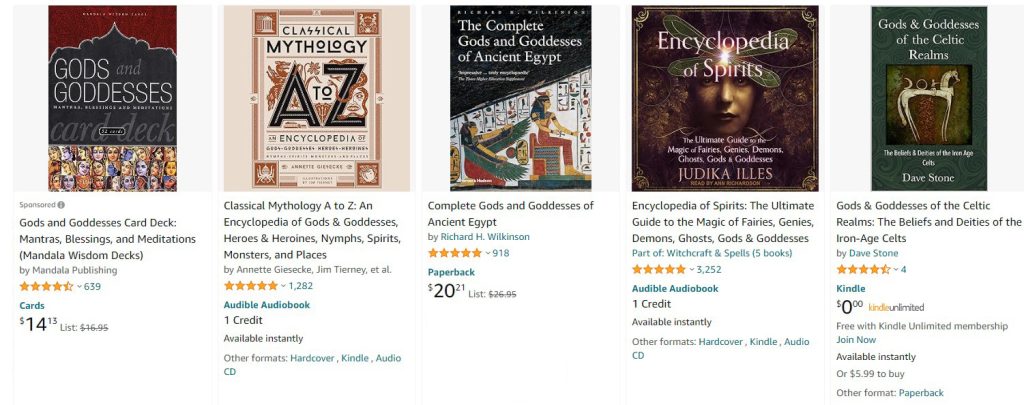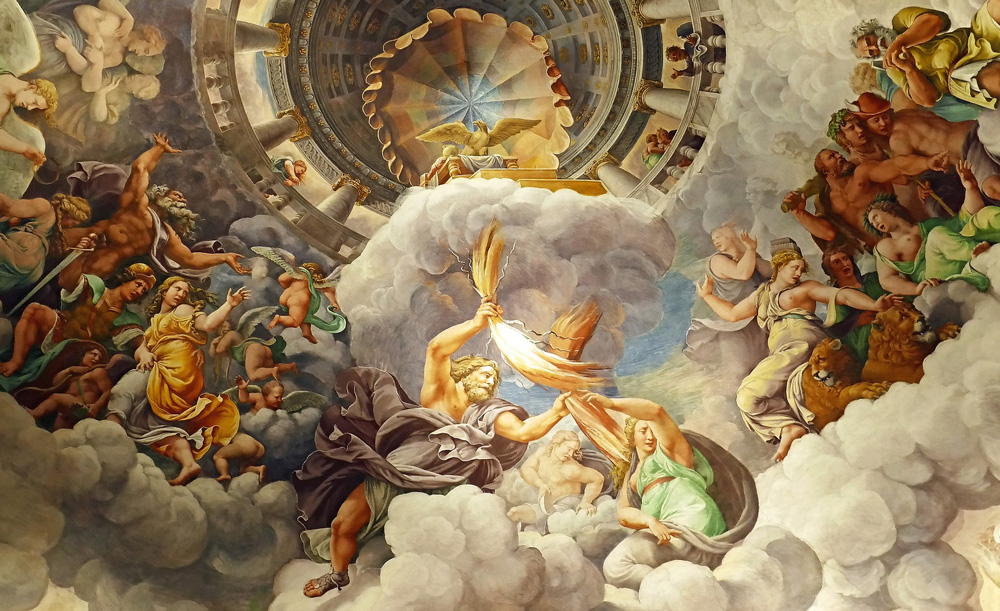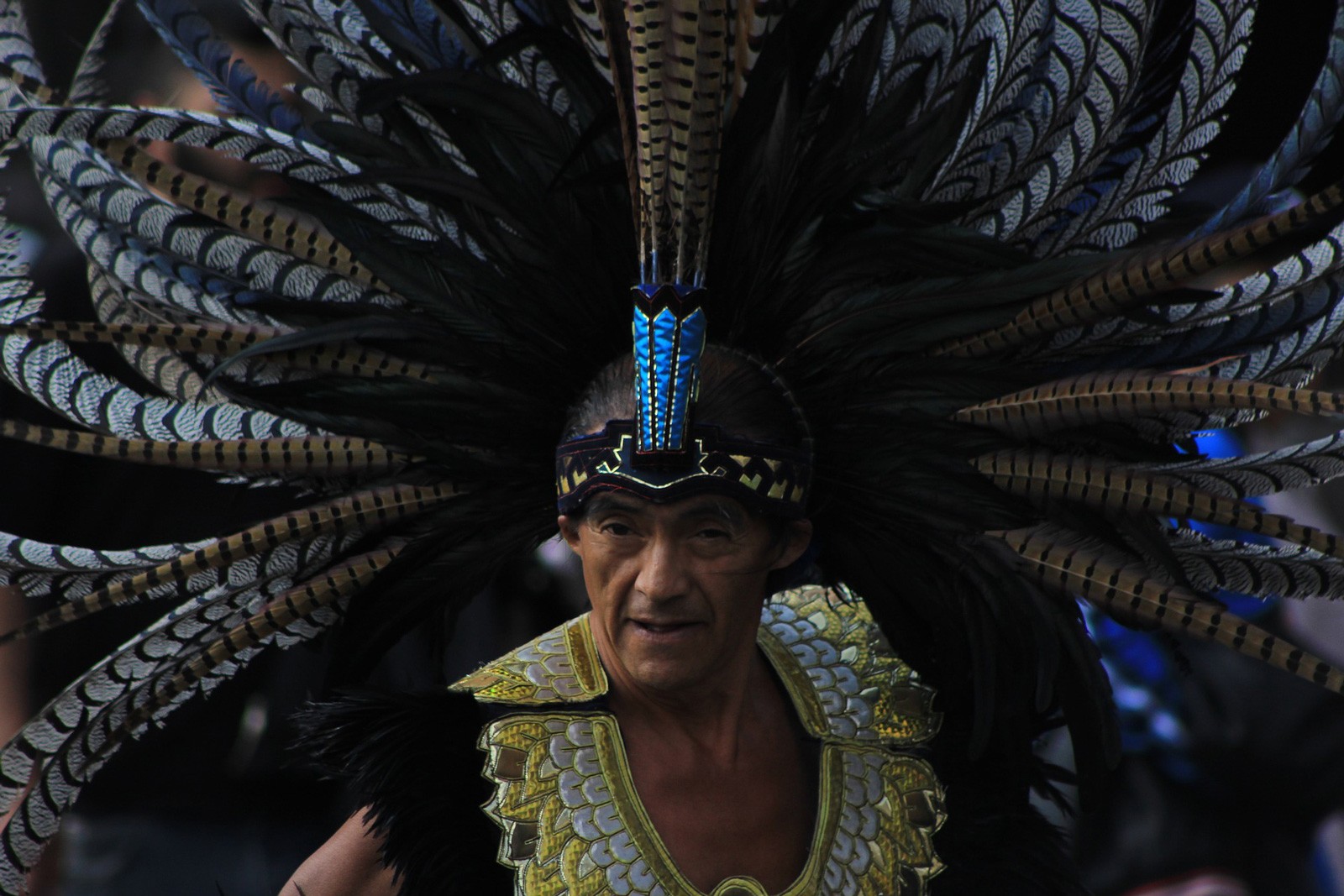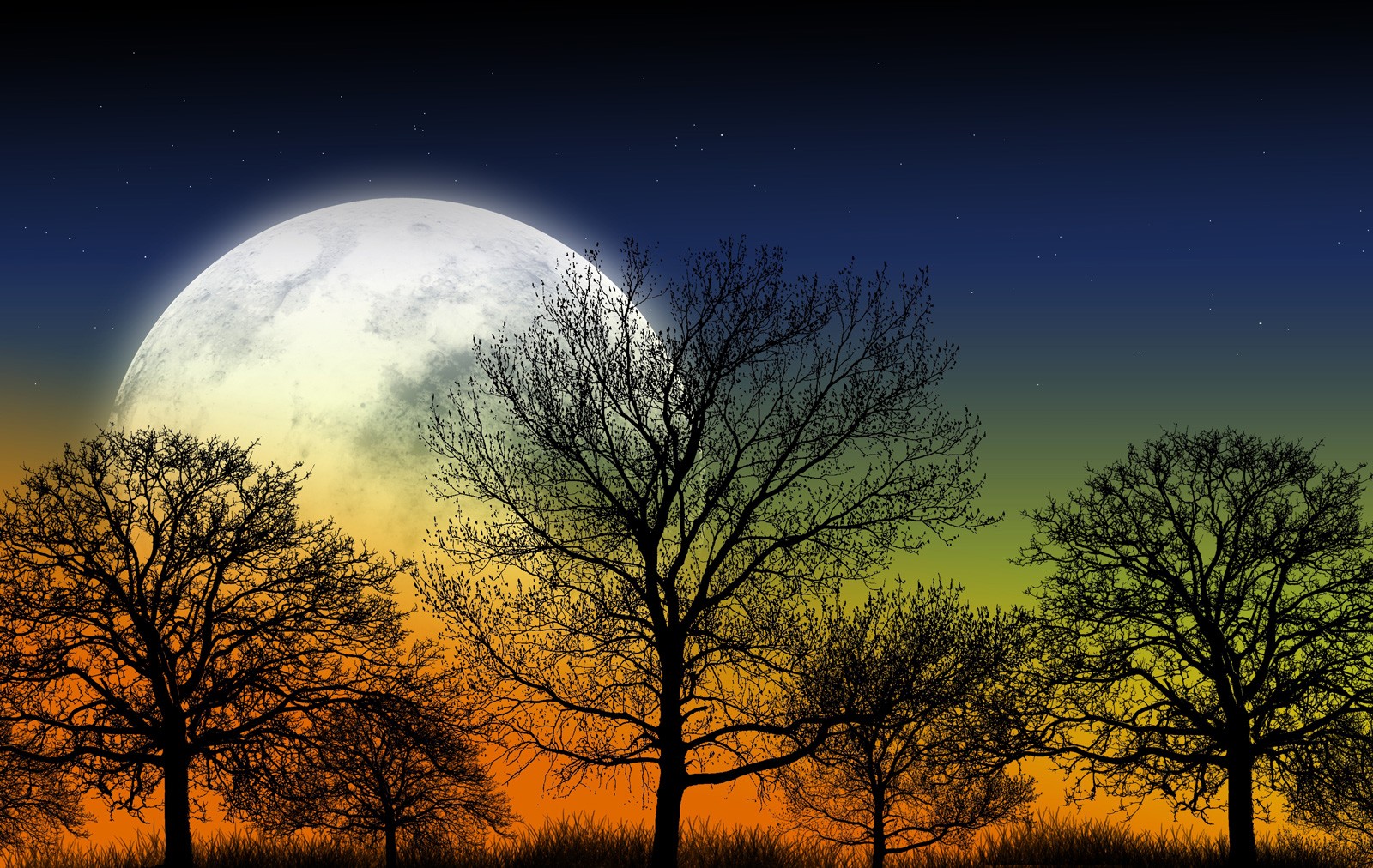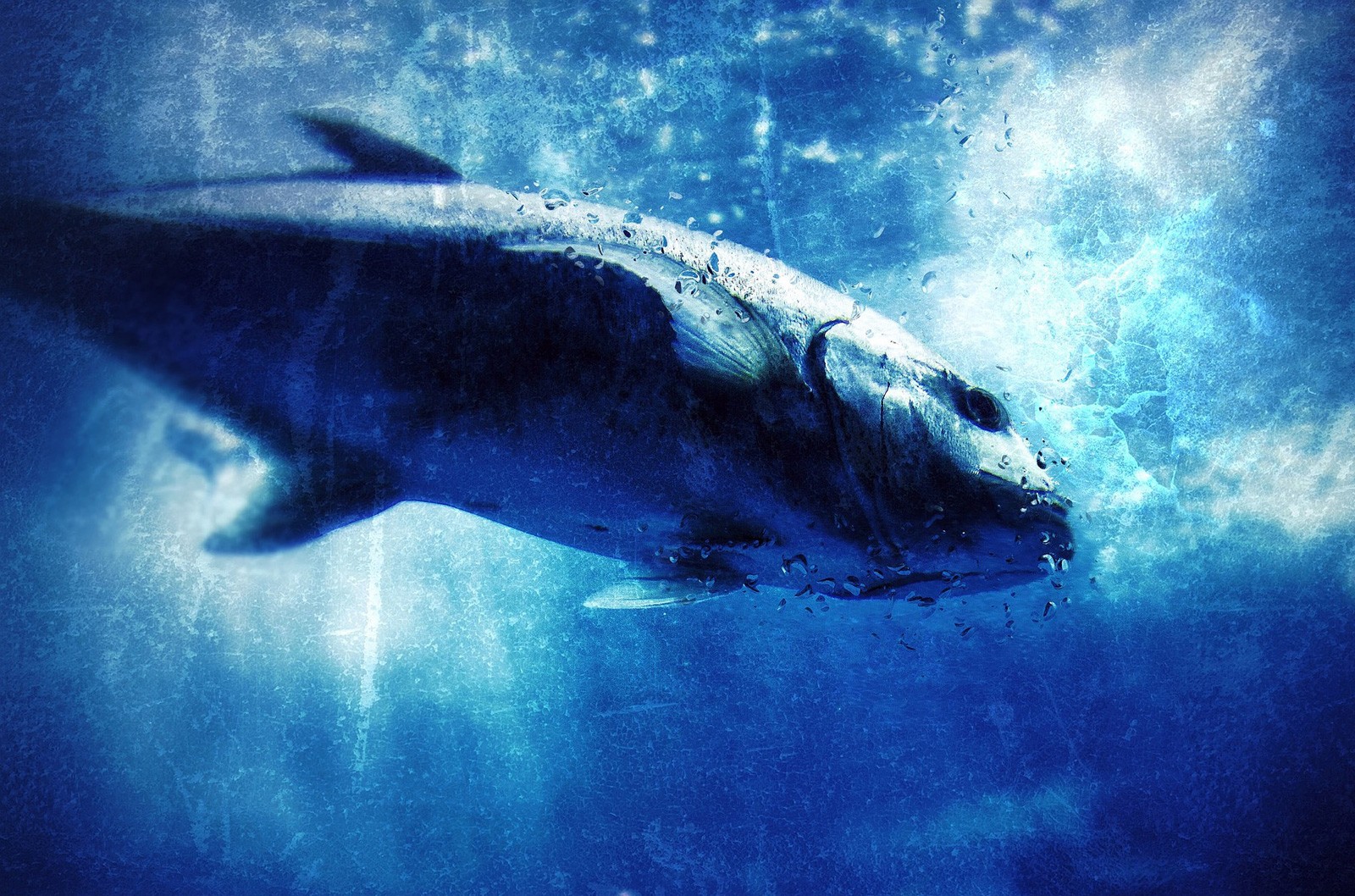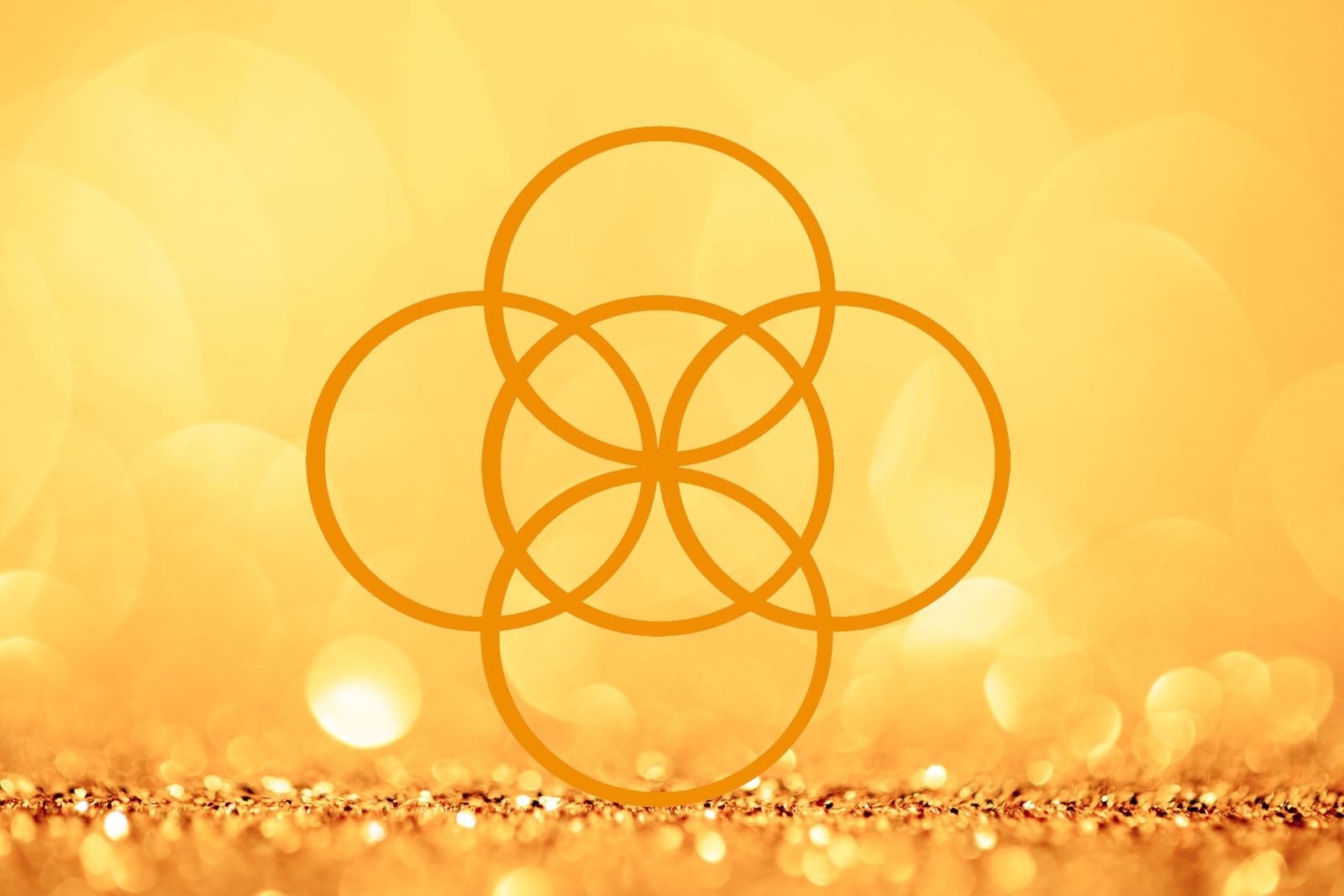Last Updated on October 6, 2023 by Avia
Symbolism of Celtic Gods and Goddesses: Celtic gods and goddesses serve as powerful symbols within the Celtic culture. They are representative of a stronger, higher power; they are immortal, yet possess human traits.
We can relate to these gods and goddesses because we ourselves hold the same deific potential. Indeed, these ancient deities goad a greater part of within us into reaching legendary heights in our goals and dreams.
Table of Contents
About Celtic Goddesses and Gods
Ancient Celtic perspectives on spirituality and mythology can be a bit sketchy; cultural information morphs over the sands of time.
However, deductions about Celtic gods and goddesses can be determined by observing records obtained from the Romans and Greeks. Greeks and Romans were enamored with the Celts, and took notes on their comparatively alien behaviors as well as their polytheistic worship practices.
Additionally, Celtic gods and goddesses were often illustrated on artwork such as metalsmithing, tapestries, jewelry and stone work used in building walls and other structures.
This artwork depicted Celtic gods and goddesses, cross-referenced with the surviving documentation of the Celtic culture, provide enough information to make logical deductions about the deities.
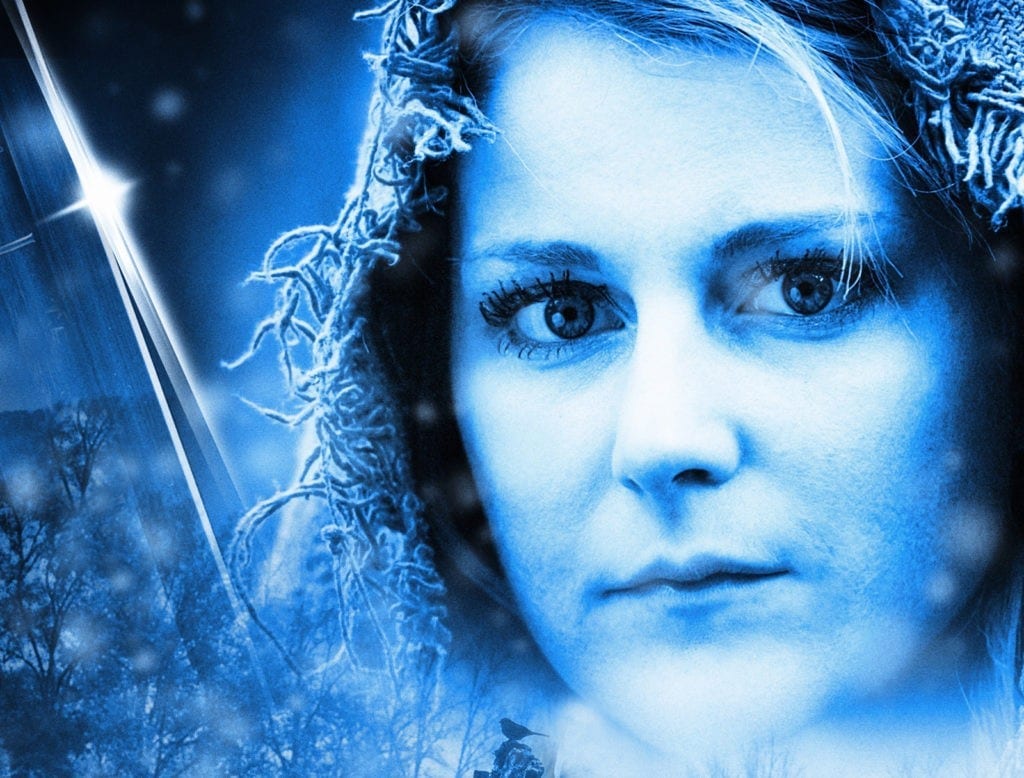
Celtic Gods and Goddesses – Their Meaning and Their Symbols
Here are a few observations about commonly referenced Celtic Gods and Goddesses. Check this page again, as I’ll be adding more as time permits.
Cernunnos
Also called the Horned One, the Celtic god Cernunnos sported antlers of a stag upon his head. The stag in Celtic myth is considered a sign of sexuality and fecundity. The Celts would invoke Cernunnos to assure plentiful crops and abundant fortunes, or summoned on wedding nights for reasons you can figure out. Cernunnos was also portrayed as the god of the animal realm, thus he would have also been called upon to assure favorable hunting conditions. Most remarkably, Cernunnos was a shape-shifter, with the ability to take on the form of a snake, a wolf – or more commonly, his native stag. Learn more about Cernunnos – his symbols and his importance here.
Epona
Mother horse goddess of Earth, Epona was invoked often, but more frequently during the equinoxes to bring about smooth passage of the seasons (both physically and philosophically). Epona is the Celtic goddess called to honor equinox ceremonies; reinforcing her power to deftly deal with transitions. As an Earth goddess, she is hailed for her grounding nature, particularly needed during times of crisis or flux in life. Always depicted upon a horse (another Celtic sign of fertility), Epona would also serve as the guardian of new life. She would welcome the safe arrival of new babies as well as new crops.
Belanus
The word Bel means “to shine” or “brilliant”; Belanus is represented as a sun god, and would have been invoked during times of war to ensure that the fiercest, bravest battles fought were also won. Battle was the equivalent of a warrior’s greatest and most “shining” moment, so out of all the Celtic gods and goddesses, Belanus would likely be one of the most revered. He would be called upon to fight at a warrior’s side – passing his god strength on to the warrior until victory was achieved. Other schools of thought view Belanus as a god of higher reasoning. The translation of the name Belanus (shining or to shine) gives rise to a belief this god may bring about enlightenment if called upon. More likely, the shimmering glory of this god was seen in the height of tribal warfare when Celtic warriors were enmeshed in battle-frenzied combat.
“Our hope for immortality does not come from any religion, yet nearly all religions come from that hope.”
~ Ingersoll
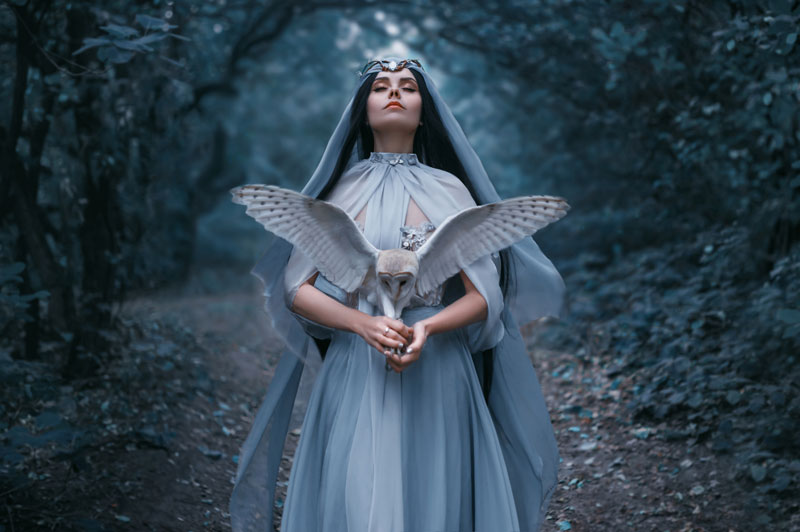
Triple Mother Goddess
Also known in ancient Britain as Matres Domesticae. Not one goddess, but the combining of three feminine forces makes the Triple Mother. As a whole, this Celtic goddess is a force to be reckoned with. Three is a number of mystical significance among the Celts, and the trinity of these figures held enormous magic. Usually depicted holding symbols from harvest or hunt, the Triple Goddess in her more tame state would serve as a figure of good harvest, and good health. Also symbolic of the stages of life, each feminine figure represents crone, mother, and maiden – a culmination of the three would signify the power of unity. In a more intimidating light, this figure would be depicted as a three-headed woman, loaded with supernatural abilities – particularly wielding power over unseen forces such as light, wind, and time. See also Mother Symbols here. See also Trinity Symbol Meaning here.
Taranis
Taranis is the unmistakable Celtic god of the heavens, more commonly known as the thunder god. Often thought to come by his boisterous tendencies honestly, Taranis was said to infiltrate the sky with thunderous energy when he became inebriated after drinking too much Celtic mead. As mead was often a constant during celebrations of marriage and battle victories, Taranis was a good-humored god and served as a figure of whole-hearted joy and zeal. As with all Celtic gods and goddesses, Taranis also had a dual nature. When provoked he could bring the fury of the skies down to smote those in need of punishment. Nevertheless, Taranis is generally depicted as a fair god, and slow to wrath. Taranis is commonly seen riding across the heavens in a chariot, his horses very much a part of his power – their galloping hooves would usually produce the crack of thunder and sparks of lightning in the skies.
Blodeuwedd
Blodeuwedd herself has several lessons to impart (as is the case with all myths, there is always a moral involved). She was magically conjured up by Gwydion and Math who wanted to provide Lleu Llaw Gyffes a bride. Learn more about Blodeuwedd through her symbols here: Celtic Symbols of Blodeuwedd and Their Meanings
Danu
You’re going to read a lot of different perspectives about the goddess Danu. There’s not much written about her, and so her positioning in the Celtic pantheon is unclear. You’re going to read that she is a magnificent mother goddess. Or, mighty, mighty earth goddess. These perspectives could very well be true – there is nothing to refute them (least of all me). However, I’ve devoted an entire page to ruminations about this Celtic goddess. I invite you to join me in exploring the answers to the question, “Who is Danu?” Find out more about Danu here.
Conclusion
I hope you enjoyed these observations on common Celtic gods and goddesses, their symbols and meanings. Check back often, as I’ll be adding more god/goddess symbols as time permits. Also, check out the links at the end of this page for more articles related to Celtic symbolism. As always, thanks for reading!
Mighty brightly,
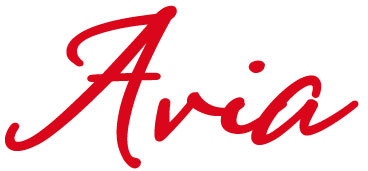
© Copyrighted. All Rights Reserved.
Avia’s Amazon Picks for You
Know More! Amazon Selections About Gods, Goddesses, and Myths
Other Articles of Interest on This Website
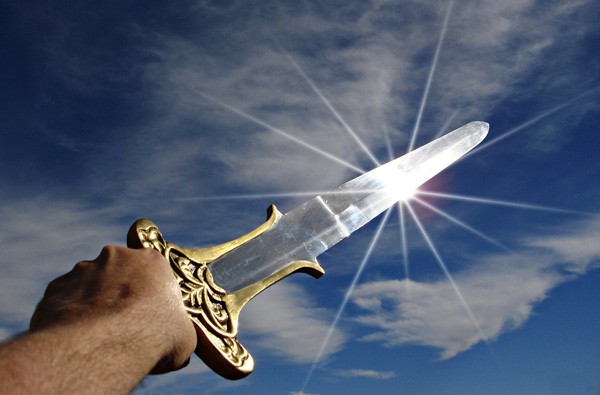
Celtic Symbols for Warrior
This article lists several different Celtic symbols that are iconic for strength, and stand-in for a warrior symbol. I’ve added it as a related article here because the lovely thing about the Celtic culture is that this civilization allowed their women to fight. Regardless of your gender, Celtic symbols for warriors are worthy of attention. Click here for Celtic symbol meanings for warrior and strength.
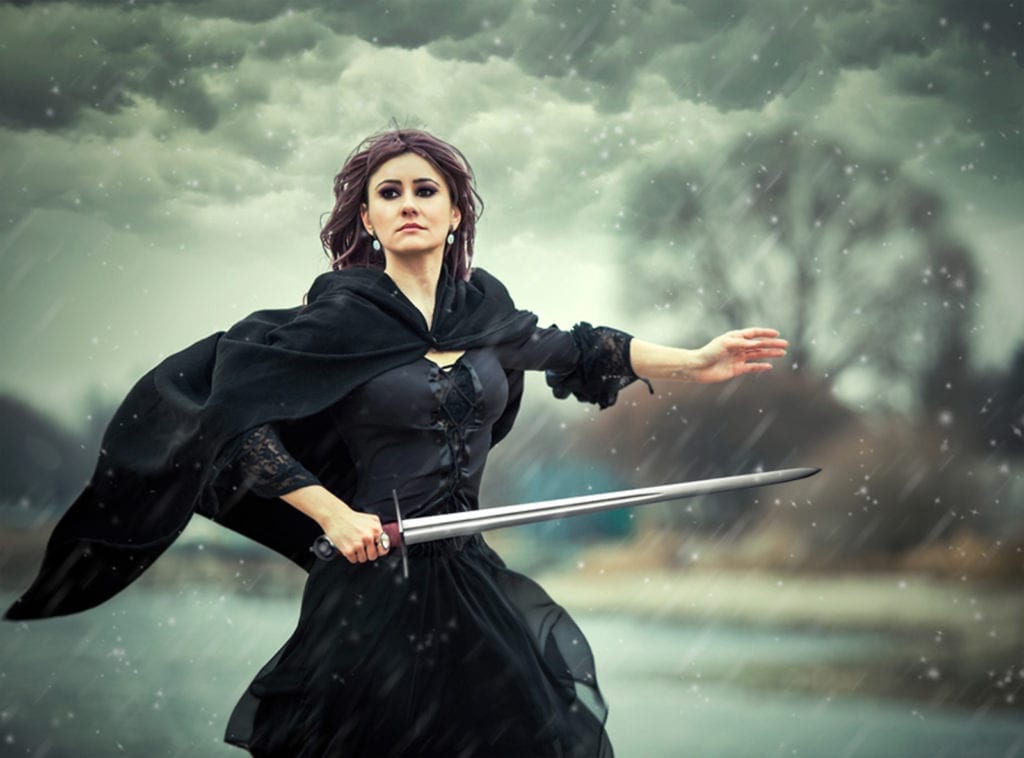
Symbolic Celtic Cultural Archetypes
We owe a great debt to the Celts (and other heritages who have systematized symbolic perennial wisdom) for doing the groundwork on the complexities of archetypal knowledge. This landing page for Celtic meaning of symbolic archetypes is a way to classify and organize powerful personality types. Get more about Celtic archetypes here.
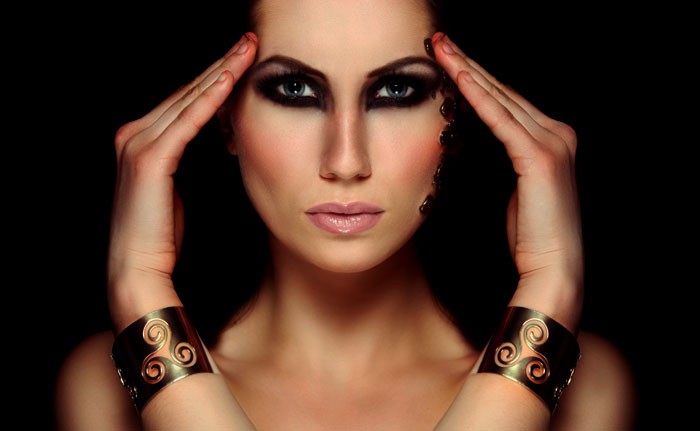
Celtic Goddess Names and Meanings
A study of Celtic goddesses and heroines is a remarkable way to learn about this fascinating culture. This article offers Celtic goddess names and personality traits for each goddess. Get a whole list of Celtic goddess names and meanings here.
